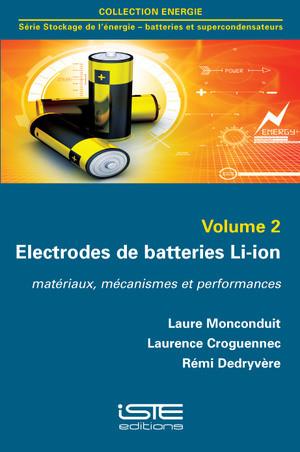
The choice of positive and negative electrode materials directly impacts the performances of lithium-ion batteries. Crystal structure, electronic or ionic conductivity, particle size and morphology are crucial features that directly influence the working potential of the materials, their gravimetric and volumetric capacity and thus the resulting energy density of the batteries. The chemical and electrochemical […]
The choice of positive and negative electrode materials directly impacts the performances of lithium-ion batteries. Crystal structure, electronic or ionic conductivity, particle size and morphology are crucial features that directly influence the working potential of the materials, their gravimetric and volumetric capacity and thus the resulting energy density of the batteries. The chemical and electrochemical reactivity of the electrode materials towards the electrolyte is just as important as the previous points, since most aging processes take place at electrode/electrolyte interfaces. In addition, environmental and economic considerations have to be taken into account to envisage the development of this technology in future applications, such as urban transportation (electric vehicles) or the storage of renewable energies.
This book focuses on present and future electrode materials, highlighting the understanding of mechanisms in order to propose more efficient electrodes for Li-ion batteries.
1. Negative Electrodes.
2. Positive Electrodes.

